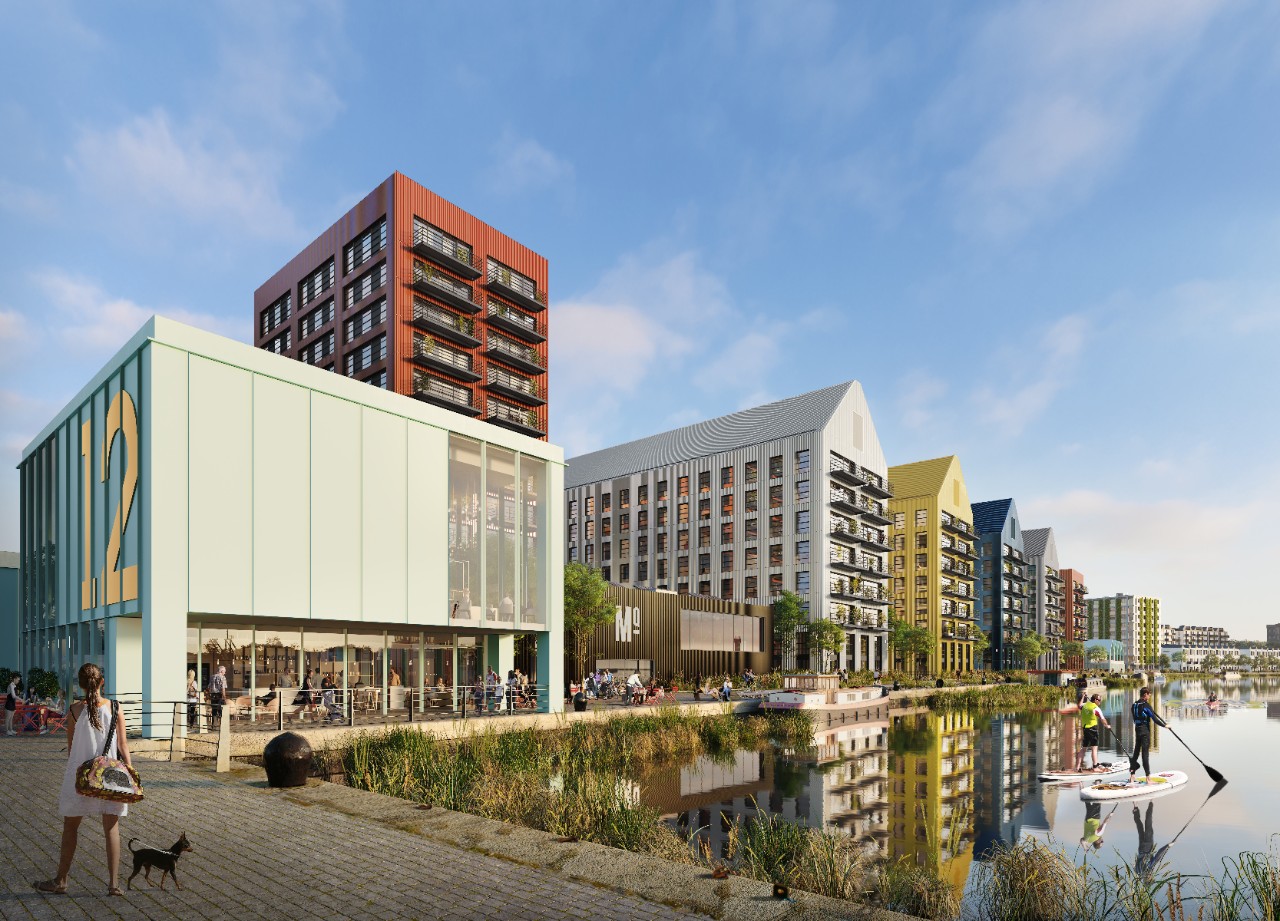About Us
Trustees
Policyholders
Purposeful investments
Investors
New & insight
Across the country local government officers have a new mandate from the Secretary of State for Levelling Up, Housing and Communities (DLUHC), to ‘level up the UK’. But how?
Whilst Michael Gove wrote, “Levelling up is a moral, social and economic programme for the whole of government,” the long-awaited 332 page Levelling Up the UK White Paper promises to deliver what many voters believed to be the ‘benefits of Brexit’. On the agenda are missions to, amongst other things, restore local pride, build more homes and give the ‘Red Wall’ constituencies in particular a once-in-a-generation economic boost.
In its accompanying press release on the proposed plans to level up the UK, the Government, “recognises that if it tries to level up the UK alone, it will fail.”
Economic partnership with long-term investors, as well as appropriate reform of key pieces of financial services regulation, are the means through which the Secretary of State intends levelling up to be achieved.
The City Minister, John Glen MP’s recent announcement that the Government is planning to overhaul the insurance industry’s regulatory framework, known as Solvency II, should, depending on where the reforms end up, help long-term investors like PIC invest billions of Pounds more in these types of projects.
We have described Solvency II as the economic equivalent of riding a bike wearing three helmets - extremely secure, but ultimately limiting to overall performance. This is because the current design of Solvency II funnels insurers to invest in large, well-funded companies to such an extent that the country is deprived of the systemic benefits of increased long-term investment in the economy.
One way to invest in large scale residential and mixed-use developments that are economically unviable on a stand-alone basis, is through what are increasingly known as regeneration leases.
Such regeneration leases ideally harness the demand from institutions with pensions to pay many decades into the future and which therefore need long dated, predictable, uncorrelated, index-linked income to match those payments in a virtuous circle of intergenerational transfer.
Our recent Wirral Waters One (WWO) transaction is a perfect example of this, where alongside Peel L&P and Wirral Metropolitan Borough Council, we are developing more than 500 homes, with a 20% affordable element, in an area of limited viability.
 Miller's Quay, Wirral Waters
Miller's Quay, Wirral Waters
From PIC’s perspective we have the security of an asset paying predictable, noncorrelative, index-linked income for 50 years. The local authority receives the opportunity to cornerstone the regeneration of a key strategic location, which traditional property developers would be unable to finance. It then has the opportunity to buy the asset at the end of the lease for £1.
Our investment in WWO is another step in the development of our purposeful investment strategy and ultimately is a model for how long-term investors can play a key role in the levelling up agenda, whilst also developing the sustainable asset base of local government, creating economic prosperity and social value. We need secure, long-term cashflows to back the pensions of our c.300,000 policyholders and so seek to invest in assets with a high degree of social value, because what makes sense for society helps us achieve our purpose over decades.
Councillor Tony Jones, Chair of Wirral Council’s Economy, Regeneration & Development Committee, was quoted as saying that: “This project which will be delivering jobs and affordable housing for people in Wirral, is another key moment in the continuing wider regeneration in the borough, tying in with the work well underway in Birkenhead to drive forward the town’s renaissance and showing the increasing confidence of investors in the plans for Wirral’s future.”
Finding financially robust, but creative solutions to funding future regeneration is key to achieving both objectives. The stakes for making the levelling up agenda a reality could not be higher. PIC alone has invested about £500 million in urban regeneration projects over the past 18 months.
If you haven’t heard about the power and opportunity of regeneration leases, you soon will.
This article previously appeared in Municipal Journal